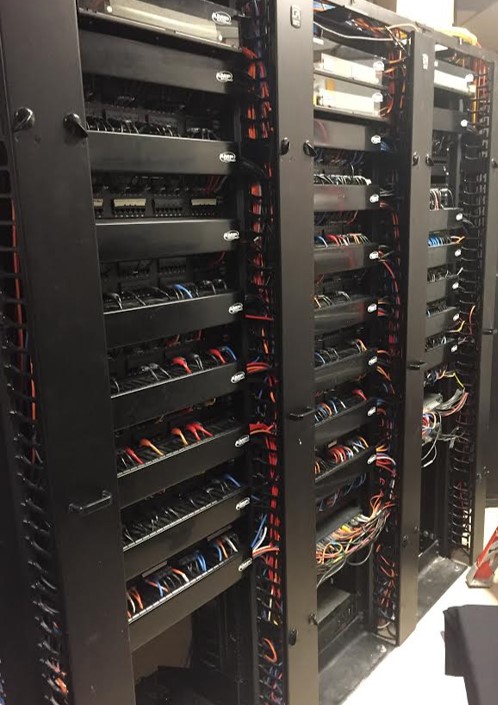
On a screen, a bunch of people hand in hand are singing and dancing to celebrate the birthday for a car. You may feel ridiculous that how come people can perform an act to a car which tends to happened on a person in the flesh. However, such confusion can be resolved after visiting the exhibition at the V&A museum, called “Cars: Accelerating the Modern World”.
The birth of the car was along with the imagination of a future world, where liberated movement can be easily achieved. Streamlining cars then emerged, turning the hope into reality, and even extensive reality. This extension can be captured in aesthetic expressions of the products. The proliferation of streamlining design in daily life, including, clothes, staplers, radios, are signified the human’s fantasy for speed and progress.

In this sense, cars cannot be merely unpacked as objects by analysing their purely technological functioning, but the things they operate and the system between them and the things (Larkin, 2013). Such system and relationship are largely embedded in the human’s imagination for future, as an incomplete task, which becomes a force to accelerate people and the world in turn. One example is Henry Ford’s revolution in the way we make things. The first-ever moving assembly line in his car factories maximized production efficiency, which also changes people’s habits and sense of time. Simplifying the work by cutting time spending as much as possible becomes the instruction for people to interact with objects.

If I use an adjective to conclude this exhibition, it should be “restless”. The things exhibited are all telling an information: we need to be streamlining, we need to speed up, and we need to arrive the paradise of modernisation. Under this temporality, the shape of the future seems to be fantastic. However, just as Benjamin’s grip of what he calls the moment of ’emergency’ as it runs by and away, I still sense a paradoxical thing “as it boils underneath what appears to be a quiet sea” (Navaro-Yashin, 2003: 15). That is, for example, people working in Ford’s factory should follow stern rules, which make their time, emotions, desires were controlled to move in a constructed rhythm.

So are cars making the fantasy of our future or it is just a fallacy? While institutional technological knowledge may provide a rational explanation for this question, figuring out the affection inscribed in the relationship between cars and the world can be much more essential. In other words, following the moments of emotions, such as surprise, love, desire and hate may be the key to understand how the perception for such fantasy is formed and the distance to the fantasy.
References:
Larkin, B. (2013). ‘The Politics and Poetics of Infrastructure’. Annual Review of Anthropology, 42(1), pp.327–343.
Navaro-Yashin, Y. (2003). ‘Life is dead here’: Sensing the political in ‘no man’s land’. Anthropological Theory, 3(1), pp.107-125.
Seigworth, G & Melissa, G. (2010). ‘An Inventory of Shimmers’. Introduction to the Affect Theory Reader. Durham: Duke University Press.
Linked Resources:
V&A. (2019) About the ‘Cars: Accelerating the Modern World’ exhibition, Retrieved from: https://www.vam.ac.uk/articles/about-the-cars-accelerating-the-modern-world-exhibition



